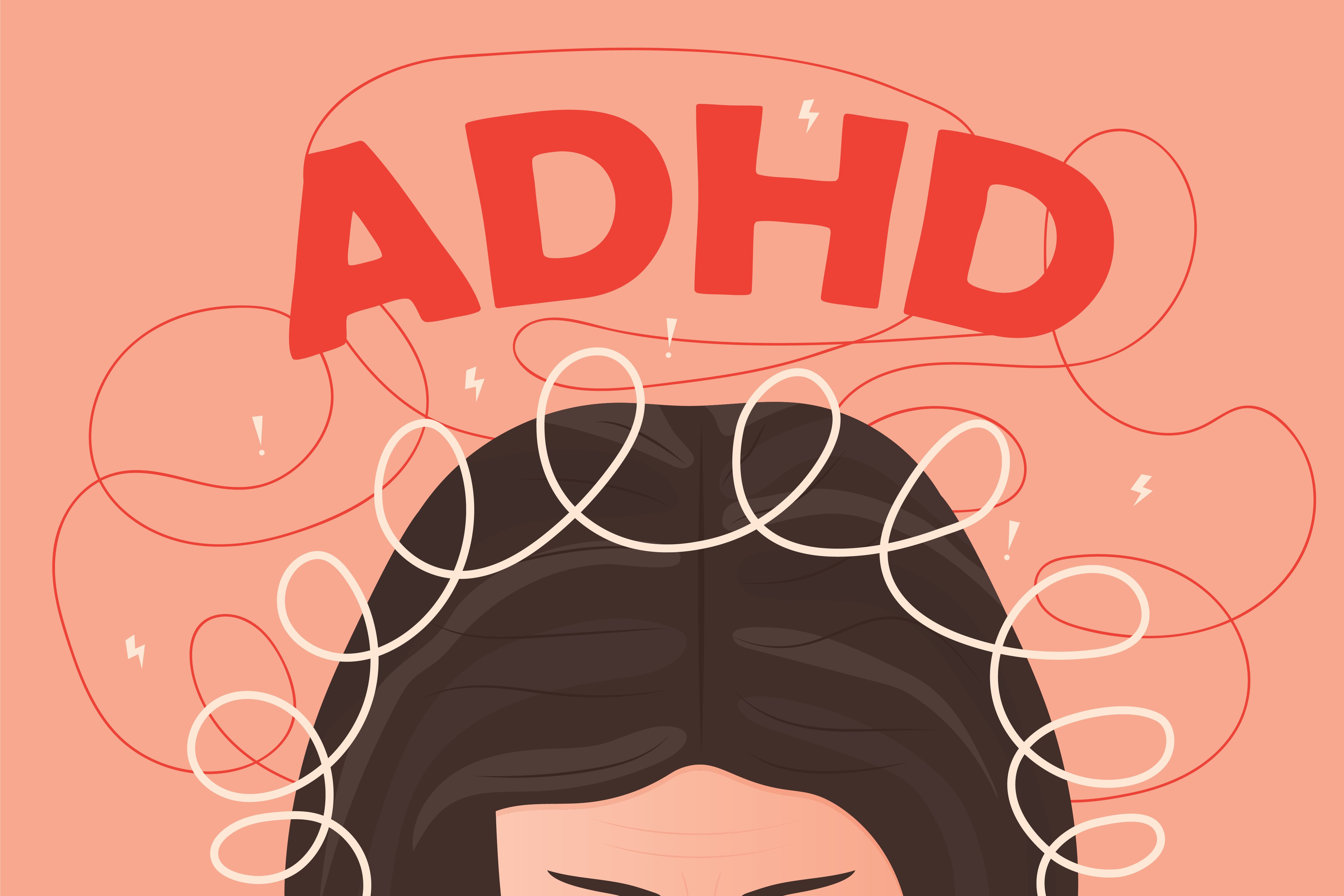News
Article
New Data Shows How Best to Switch Patients With Schizophrenia to Risperidone
Author(s):
New data informs clinicians of how best to switch patients from a once-monthly subcutaneous injection of RBP-7000 (Perseris) to risperidone (Uzedy), an extended-release injectable suspension of risperidone for subcutaneous use every 1 or 2 months for the treatment of schizophrenia in adults.
Thurstan Hinrichsen/peopleimages.com/AdobeStock

Teva Pharmaceuticals recently presented data informing clinicians of how best to switch patients from a once-monthly subcutaneous injection of RBP-7000 (Perseris) to risperidone (Uzedy), an extended-release injectable suspension of risperidone for subcutaneous use every 1 or 2 months for the treatment of schizophrenia in adults. Results were shared during the 37th Annual European College of Neuropsychopharmacology Congress in Milan.1
“Patients [with schizophrenia] and health care providers rely on evidence-based studies that can help inform their treatment decisions. That is why Teva is dedicated to building on our commitment to neuroscience and schizophrenia and helps provide these clinical insights on Uzedy switching strategies, along with its role in long-acting treatment options,” said Eric Hughes, MD, PhD, executive vice president of global R&D and chief medical officer at Teva. “Up to 80% of patients [with schizophrenia] experience multiple relapses in the first 5 years, making switching treatments a common experience in the search for optimal treatment. With Uzedy, Teva is building a robust portfolio of research that can help determine if and when it may be the right long-acting option.”
In a population pharmacokinetic analysis, investigators conducted simulations to predict pharmacokinetic exposures when switching patients to Uzedy 4 to 6 weeks after their final injection of once-monthly RBP-7000. The simulation models indicated that switching to Uzedy 4 weeks after the last dose of once-monthly RBP-7000 resulted in comparable pharmacokinetic properties of Uzedy at both the initial exposure and steady state. Comparable doses included Uzedy at 100 mg (once-monthly dosing) or 200 mg (once-every-2-months dosing) to 120 mg of once-monthly RBP-7000.
Clinicians should determine their long-acting injectable (LAI) switching strategy on an individual patient basis, taking into consideration patient preference, scheduling convenience, and tolerability issues.
“Every person living with schizophrenia has unique treatment needs and preferences that may also evolve over time. For my patients, I encourage discussion around key factors like treatment adherence, dosing frequency, symptom control, and rate of relapse, which inform what treatment option may be the most appropriate,” said Christoph Correll, MD, professor of psychiatry at the Zucker School of Medicine, Hempstead, NY. “For health care providers, there is also a significant knowledge gap in the available clinical data on switching patients between the various LAI treatment options, which have differing pharmacokinetic properties and dosing considerations. Insights from studies like these are crucial for researchers and clinicians like myself, as they help us become more informed and better serve our patients.”
Also shared at ECNP 2024 are new quantitative results from the ADVANCE (Attitudes Driving Regional Differences in LAI Antipsychotic Utilization for Schizophrenia Among HCPs, Patients, and Caregivers) surveys. This data showed that among 447 individuals living with schizophrenia and 375 caregivers, the most common patient-reported reasons for accepting an LAI (n=331) were improvement of symptoms/condition with LAIs (68%, n=224), recommendation by their health care provider (65%, n=214) and ease of using LAIs vs oral antipsychotics (57%, n=189).
Patients also reported fewer adverse effects using LAIs compared with oral antipsychotics (38%, n=127). Some used LAIs to help prevent hospitalization (20%, n=67). Caregivers (n=229) reported that patients accepted LAIs based on ease of use vs oral antipsychotics (78%, n=178), to help prevent hospitalization (62%, n=143), and perception that LAIs would work better for improving symptoms (62%, n=143).
Interestingly, among a sample of 791 health care providers from 8 different countries, most reported that the primary reason for recommending an LAI to a patient was nonadherence to oral medication. The primary reasons cited for not recommending an LAI were patient clinical characteristics and the lack of an available LAI formulation of the patient’s current oral treatment.
Do you use LAIs when treating patients with schizophrenia? Tell us more at PTEditor@MMHGroup.com!
Reference
1. New data provide treatment insights into options for switching adult patients diagnosed with schizophrenia to UZEDY® (risperidone) extended-release injectable suspension from Perseris® (RBP-7000). Teva. September 21, 2024. Accessed September 24, 2024. https://www.tevausa.com/news-and-media/press-releases/new-data-provide-treatment-insights-into-options-for-switching-adult-patients-diagnosed-with-schizophreni/















